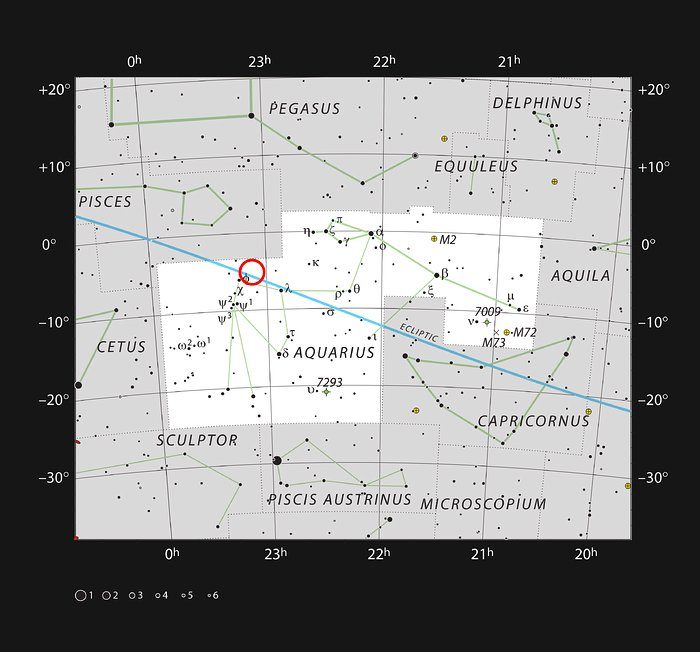
© Biswarup Ganguly / CC BYThe “Origin of Life” ride, a display at Science Exploration Hall, Science City, Calcutta, India
Over the past few years, organic chemist James Tour has detailed how origin of life (OOL) researchers have made no progress for the greater part of a century in explaining how natural processes could generate the first self-replicating cell despite highly misleading claims to the contrary (
here,
here,
here). At the same time, I have written on how such dismal progress was entirely predictable based upon challenges from the fields of thermodynamics and information theory (
here,
here,
here,
here). I consolidated and expand my analysis in
an article that was recently published in the journal Inference. The piece is highly technical and mathematical, but the basic argument can be quickly summarized with only a marginal loss of technical accuracy.
Thermodynamic ChallengesTo begin, the driving tendency of most physical systems is to move toward either higher entropy, lower energy, or both. The concept of entropy is often crudely associated with the level of a system's disorder (think messy room versus neat room), but a more precise description relates it to
Shannon's Measure of Information. In the context of OOL, large molecules with higher-energy chemical bonds will tend to break down into smaller molecules with lower-energy bonds. And, highly complex, specified structures will tend to break apart into a disorganized mixture of simple molecules, tars, and other biologically inert products.


Comment: What experiments, exactly? That's classified!
See also: